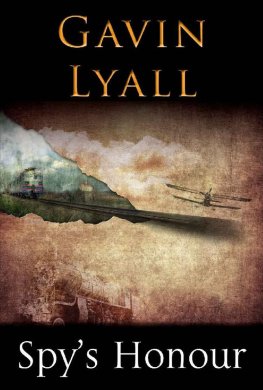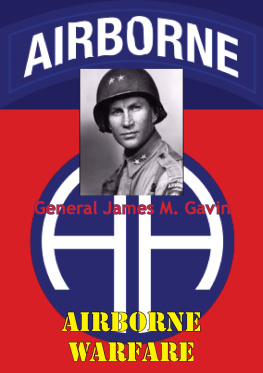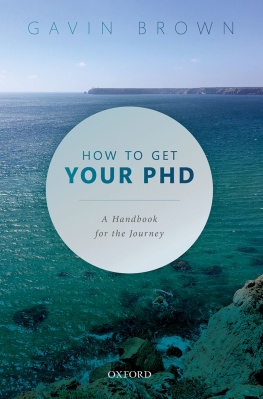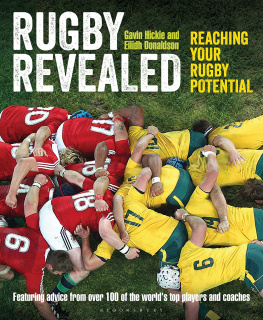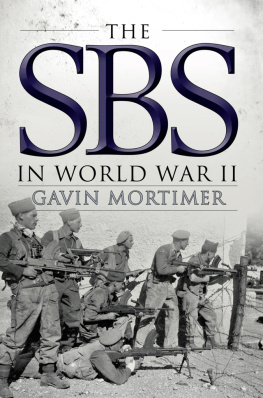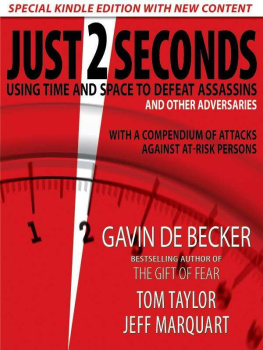
This edition is published by PICKLE PARTNERS PUBLISHINGwww.picklepartnerspublishing.com
To join our mailing list for new titles or for issues with our books picklepublishing@gmail.com
Or on Facebook
Text originally published in 2012 under the same title.
Pickle Partners Publishing 2014, all rights reserved. No part of this publication may be reproduced, stored in a retrieval system or transmitted by any means, electrical, mechanical or otherwise without the written permission of the copyright holder.
Publishers Note
Although in most cases we have retained the Authors original spelling and grammar to authentically reproduce the work of the Author and the original intent of such material, some additional notes and clarifications have been added for the modern readers benefit.
We have also made every effort to include all maps and illustrations of the original edition the limitations of formatting do not allow of including larger maps, we will upload as many of these maps as possible.
LTG James M. Gavin: Theory and Influence
by MAJ Edward P. Gavin, U.S. Army.
TABLE OF CONTENTS
Contents
TABLE OF CONTENTS
REQUEST FROM THE PUBLISHER
Abstract
LTG James M. Gavin: Theory and Influence by MAJ Edward P. Gavin, U.S. Army.
This monograph approached Lieutenant General James M. Gavin as a military theorist and explored his influence as the Army transitioned from World War II to the Cold War. Gavins theory of future warfare required an army with capability in atomic and non-atomic warfare and he recognized the need for readiness for both limited peripheral wars and general war. His theory shaped his vision of the functions, organizations, and technology required to succeed in future conflicts. Gavin organized much of his writing around the concepts of mobility, firepower, and control that he felt were critical for future warfare. His influence shaped development of tactical nuclear weapons, missiles, air mobility, and organizational transformation following World War II and into the Cold War.
Gavins theory of future warfare, his understanding of the Soviet threat, and his concepts of firepower, mobility, and control informed his model of how the Army should organize for future warfare. He envisioned flexible division organizations, capable of fighting dispersed over significant depth, enabled by superior air and ground mobility to deliver firepower adequate prevail on future battlefields. He supported General Ridgways reorganizational concepts, but despite conceptual similarities with the eventual pentomic reorganization under General Taylor he recognized the pentomic division as a flawed organization that lacked adequate firepower and control.
The organization that epitomized Gavins concepts was the air mobile division that developed from his sky cavalry concept. Gavins advocacy for the air mobility concept and his specific actions to advance personnel and positions to build and refine sky cavalry and air mobility capabilities were key factors in the eventual development and acceptance of the airmobile division. Gavin clearly influenced military thought about air mobility as the recommendations by the 1962 Tactical Mobility Requirements Board, known as the Howze Board, follow many of the themes Gavin wrote about from the late 1940s through the early 1960s. While airmobile divisions and sky cavalry would likely have emerged without Gavin, his influence clearly advanced the ideas and shaped the form of the organizations.
Introduction
James Maurice Gavin was born in 1907 and raised by adoptive parents in Pennsylvania. {1} He enlisted in 1924 at the age of 17 and served one year in Panama with the Coastal Artillery Corps before entering the United States Military Academy at West Point in 1925. {2} Gavin was commissioned in the infantry in 1929 and, intrigued by the promise of air power, attended the Air Corps Flying School but failed to earn his pilots wings. He returned to the infantry and served in various units in around the United States and in the Philippines. {3} After company command, he returned to West Point as a tactics instructor for one year from 1940-1941 where he studied the rapid German victories in Europe. {4} Gavin recognized the promise of airborne operations and volunteered for parachute training in 1941. {5} He served as a company commander and operations officer in the new parachute organization before he assumed command of the 505 th Parachute Infantry Regiment in 1942. {6}
Gavin entered World War II in the North Africa theater, his 505 th PIR assigned to Ridgways 82 nd Airborne Division as of March 1943. {7} Ridgway selected the 505 th as the sole American airborne regiment for the invasion of Sicily, and Gavins first combat jump came in July 1943. {8} Gavin gained valuable experience in Sicily; he notably recognized the need for improved antitank weapons and pathfinders to mark drop zones for the paratroopers. {9} Gavin saw combat again in September 1943 when the 82 nd jumped into Salerno, Italy. {10} Ridgway promoted him to Brigadier General and made him the Assistant Division Commander in Naples on October 10, 1943. {11} As ADC, Gavins first task was to serve as the airborne planner for the invasion of Normandy, a position he held until jumping into Normandy in command of the 82 nd s parachute regiments on June 6, 1944. {12} Gavin served as ADC until August 16, 1944 when Ridgway assumed command of XVIII Airborne Corps and Gavin took command of the 82 nd . {13} Gavins first action as division commander was his fourth combat jump, into Nijmegen, Holland on September 17, 1944, during the ill-fated Operation Market-Garden. {14} With his promotion to Major General on October 20, 1944, he was the youngest Major General since George Armstrong Custer. {15} Gavins next call came when the 82 nd was in reserve in France. The German offensive in the Ardennes Forest in December 1944 started the Battle of the Bulge, and Gavin, briefly the acting XVIII Airborne Corps Commander, entered the battle with the 82 nd taking positions around Werbomont and the 101 st defending in Bastogne. {16} As the 82 nd fought on towards Berlin through spring 1945, Gavin encountered the Woebblin Concentration Camp and forced the German citizens to bury the bodies of the dead. {17} In August 1945, Ridgway selected the 82 nd for occupation duty in Berlin where Gavin stayed until he redeployed home from the war in December 1945. {18} With four combat jumps and over two years of fighting through Sicily, Italy, Normandy, Holland, France, and Germany, Major General James Gavin returned to the United States as one of the most highly regarded generals in the war.
After the war, Gavin remained in command of the 82 nd Airborne Division until March 1948 when he left Fort Bragg and took over as Chief of Staff, Fifth Army. {19} Having served in Fifth Army for less than a year, Gavin worked on the Army Staff in the Pentagon with special duty on the Weapons System Evaluation Group, a weapons development team that consisted of a mix of military officers and scientists who worked on various systems for the atomic age. {20} In June 1951, Gavin received orders to Italy to serve as Chief of Staff in NATO Southern Command, a position he held until he assumed command of VII Corps in Germany in December 1952. {21} He commanded VII Corps until 1954 when he returned to the Pentagon to serve the new Army Chief of Staff, General Ridgway, as Assistant Chief of Staff for Operations (Department of the Army G-3). {22} Gavin received his promotion to lieutenant general in March 1955 and retired in 1958 over disagreements with defense policy. {23} After retirement, Gavin worked for a research and consulting firm, Arthur D. Little, Inc. and rose quickly to lead the company. {24} Gavin developed a friendship with a rising political figure in the late 1950s, John F. Kennedy, who agreed with many of Gavins thoughts about defense policy. {25} When Kennedy won the 1960 election, he selected Gavin as his ambassador to France, a position Gavin held in 1960 and 1961. {26} Gavin returned to Arthur D. Little, Inc. but remained a commentator on defense policy and foreign affairs, including several congressional hearings regarding the Vietnam War in the late 1960s. {27} James M. Gavin died on February 23, 1990. {28}




